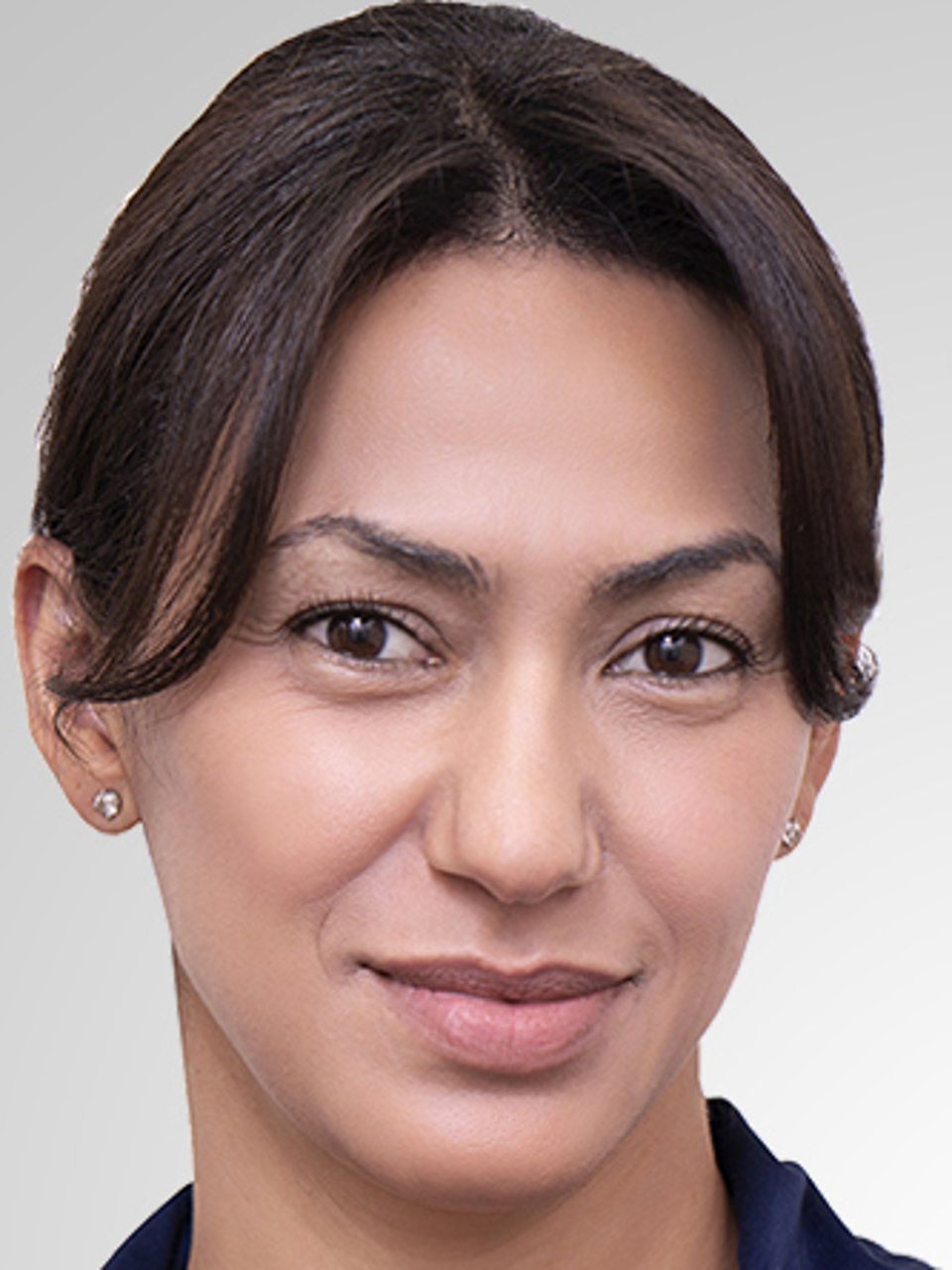Optimizing concussion recovery: the role of physiotherapy in return-to-play protocols
Concussion management has come a long way from simply prescribing rest until symptoms disappear. As a physiotherapist with years of experience in concussion rehabilitation, I’ve witnessed firsthand how targeted, active physiotherapy can transform recovery. Today, early and controlled physical activity is emerging as a key factor in helping patients return to play safely and confidently. In this article, I’ll share practical insights and evidence from recent studies that support physiotherapy’s role in accelerating concussion recovery.
Why physiotherapy matters in concussion recovery
Concussions affect much more than just cognitive function. They can disrupt balance, vision, neck stability and overall coordination—leading to symptoms like dizziness, headaches and neck pain. Instead of treating a concussion solely with prolonged rest, current approaches recognize it as a rehabilitative injury that benefits from early intervention.
Physiotherapy targets these specific deficits. For instance, vestibular rehabilitation can improve balance and reduce dizziness, while cervical spine therapy helps relieve neck pain and tension. These interventions work together to “recalibrate” the body’s systems, promoting overall healing and reducing the risk of chronic symptoms. This active approach not only speeds up recovery but also supports patients’ confidence as they gradually return to their normal activities.
Read: Osteoporosis in women
What the latest evidence tells us: targeted rehab speeds recovery
Recent clinical studies highlight the benefits of early, controlled physical activity following a concussion. One randomized clinical trial found that adolescent athletes who engaged in a structured, sub-threshold aerobic exercise routine recovered significantly faster than those who only performed light stretching. This four-day difference in recovery time may seem modest, but for an athlete eager to return to play, everyday counts.
Another study—a systematic review—confirmed that incorporating physiotherapy interventions such as controlled aerobic exercise combined with vestibular rehabilitation can lead to a quicker return-to-play and overall shorter recovery periods. These findings reinforce the idea that early, active rehabilitation is not only safe but also more effective than prolonged rest.
In my practice, I’ve seen similar results. Patients who begin targeted rehabilitation early often report faster improvements in symptoms like dizziness, balance issues, and neck pain. This approach allows them to return to their daily routines—and even sports—sooner, without compromising safety.
Best practices for a successful return-to-play protocol
Integrating physiotherapy into concussion management means adopting a comprehensive, stepwise return-to-play (RTP) protocol that addresses all aspects of recovery. Here are some best practices based on both current evidence and practical experience:
- Start with structured aerobic exercise: After an initial period of 24 to 48 hours of relative rest, it’s beneficial for patients to begin light aerobic activities. Think of low-impact options such as walking, stationary cycling, or gentle jogging—always at an intensity that doesn’t worsen symptoms. Tools like the Buffalo Concussion Treadmill Test can help determine the right exercise intensity for each patient. Structured aerobic exercise helps maintain cardiovascular fitness and can even boost cerebral blood flow, setting the stage for better overall recovery.
- Incorporate vestibular and oculomotor rehabilitation: Many concussion patients experience dizziness or visual disturbances. Vestibular rehabilitation therapy (VRT) involves targeted exercises—such as gaze stabilization drills and balance training—to address these impairments. In practice, I’ve found that when patients engage in vestibular rehab early on, they regain coordination and balance much faster, which is crucial for a safe return to play.
- Address cervical spine issues: Neck pain and stiffness are common following a concussion and can often mimic or exacerbate other symptoms. By including cervical spine assessments and targeted treatments (like manual therapy and specific strengthening exercises), we can alleviate neck discomfort and reduce associated headaches. This not only improves neck mobility but also contributes to a more robust recovery overall.
- Follow a gradual, supervised progression: An effective RTP protocol is built on a stepwise progression. Typically, the process starts with light aerobic exercise, then moves to sport-specific drills, followed by non-contact training, and finally full-contact practice. At each stage, it’s important to monitor the patient’s symptoms closely. If symptoms reappear, it may be necessary to step back and adjust the exercise plan. This careful, gradual progression helps ensure that patients return to full activity only when they’re truly ready.
- Establish clear referral pathways: Timely intervention is essential. For patients who display significant vestibular or cervical symptoms, early referral to a specialized physiotherapist can make all the difference. Clear referral pathways between primary care physicians, sports medicine specialists, and physiotherapists help ensure that patients receive comprehensive care and avoid prolonged recovery.
Turning insights into action
For healthcare professionals looking to update their concussion management protocols, here are some practical steps:
- Embrace early, targeted rehabilitation: Encourage patients to begin light aerobic exercise as soon as it’s safe, and consider specific physiotherapy interventions for issues like balance, vision, or neck pain.
- Screen and refer promptly: Use simple, validated assessment tools to evaluate vestibular, oculomotor, and cervical function. If a patient exhibits significant symptoms, refer them to a specialist early on.
- Adopt a structured RTP protocol: Implement a stepwise, symptom-guided return-to-play plan that starts with low-intensity activities and gradually progresses to full-contact sports.
- Foster multidisciplinary collaboration: Build a network with other healthcare providers—such as sports medicine specialists and neuropsychologists—to offer patients a comprehensive, integrated approach to concussion care.
By putting these strategies into practice, you not only help your patients recover more efficiently but also contribute to a broader shift toward active, evidence-based concussion management. A proactive approach minimizes the risk of chronic issues and supports a safe, confident return to daily activities and sports.
Venous Salehi is a doctor of chiropractic based in the greater Toronto area, specializing in physiotherapy, rehabilitation and pain management.

